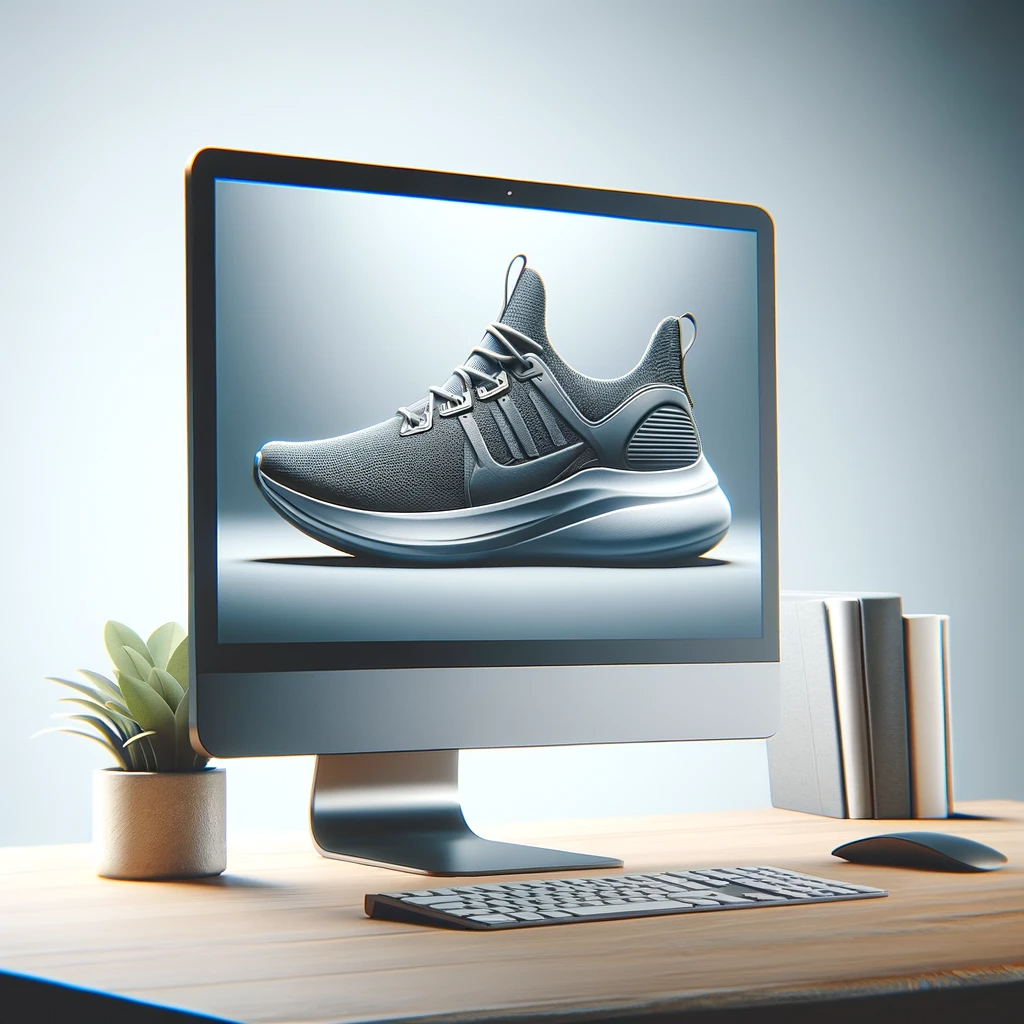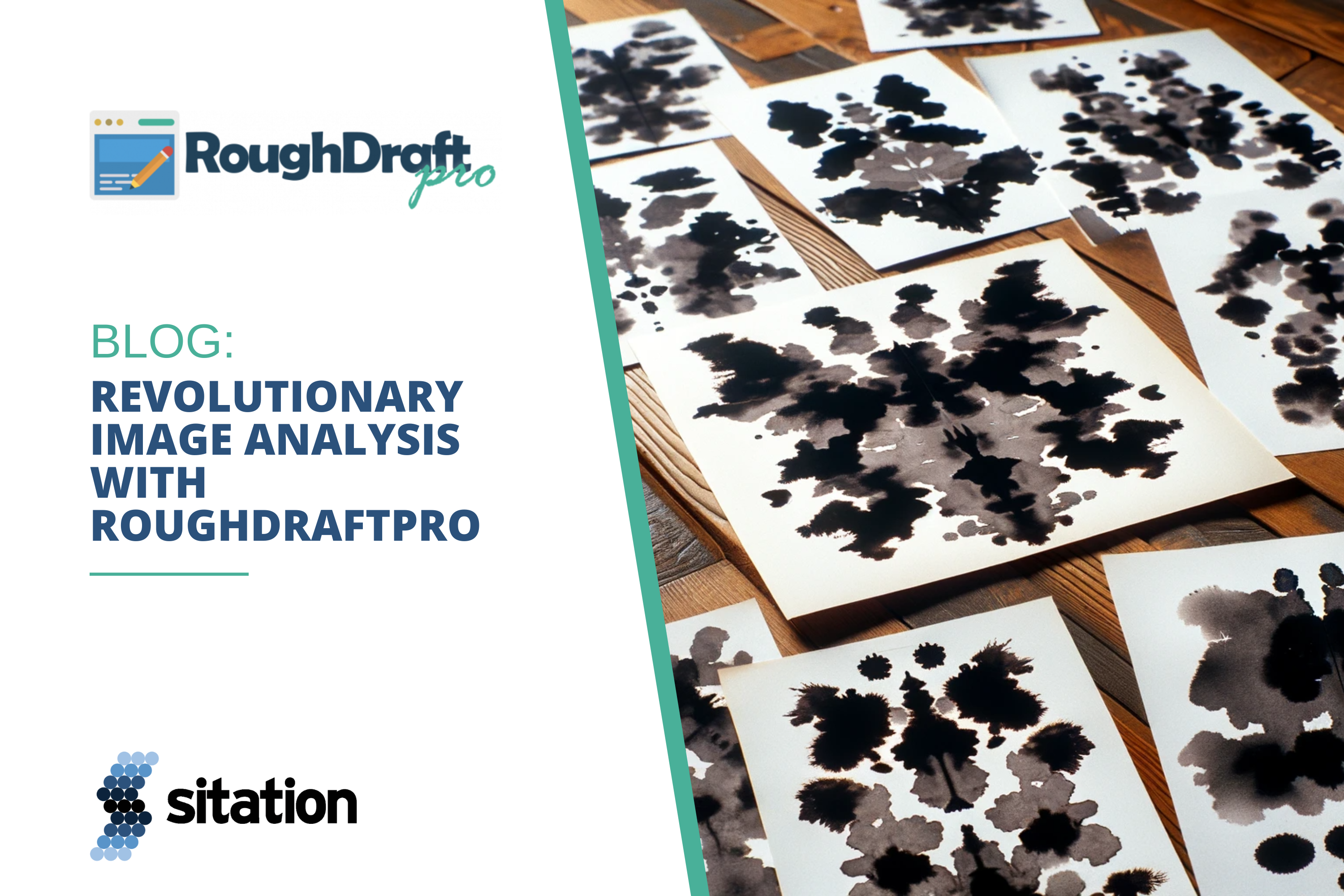Sitation’s Director of Product Development, Adam Fairholm, is back to share the use cases of RoughDraftPro and AI-driven image analysis.
As long as artificial intelligence has been around, image recognition has been one of its key features. Using AI to recognize people and objects in images is a core component of lots of existing applications from driverless cars to medical devices.
The challenge of using AI image capabilities for product image analysis is entirely different from these classic AI and machine learning applications, however. For product content generation, we’re much less concerned with what is in a product image (we should already know that an image attached to a product contains an image of that product) and more interested in how AI can help with analyzing an image and doing the work of creating meaningful content with it.
RoughDraftPro is currently supporting OpenAI’s image analysis functionality while it’s in beta. Originally demoed as part of the introduction of GPT-4 earlier this year, image analysis support in OpenAI didn’t reach ChatGPT until just recently and wasn’t announced as a beta feature in their API until the November 6th OpenAI developer event.
Named GPT-4 with Vision, access to its capabilities via API is still in beta but its integration with RoughDraftPro already presents valuable use cases to simplify and automate your processes.
Product Categorization with AI Image Analysis
AI image analysis is well suited for filling out any missing data for a product that would normally be filled out by seeing that product.
Take, for instance, the example of analyzing images of shoes. GPT-4 Vision goes beyond merely recognizing a shoe; it can dissect the image to provide detailed descriptions of each color variant, material texture, and design element. This level of detail is invaluable for e-commerce platforms where specificity can enhance customer experience and drive sales.

Let’s say you have a running shoe with 15 different SKUs based on color, and 10 UPCs each for different sizes. Each UPC belongs to a specific SKU, but you do not know which SKU each of those UPCs belongs to. This data issue would normally be done manually by a human – they would run through an Excel file of UPCs, look at the image, and then assign them to a SKU.
With RoughDraftPro, we can solve this data problem by creating a prompt model that analyzes each image of a UPC, and then categorizes it based on the available SKU names. Any categorization task that is primarily done by humans viewing and analyzing product images can be replicated here. While a human can do this, AI can handle it fast, efficiently, and at a large scale.
Product Text Content Creation with AI Image Analysis
Besides simple classification, image analysis can also provide descriptive properties of images. This can be especially useful for products where a spec set is limited. For instance, let’s say you have a set of 1,000 clothing items that you need to write product descriptions for, but you have limited specs. You have maybe the size of the jacket and the color. Text-based AI would generate something here, but it probably wouldn’t be useful – AI needs more descriptive specifications on style, fit, etc. in order to write meaningful and descriptive copy about products.
Image analysis can be extremely helpful here, as it will fill in the gaps of missing specifications by viewing the image and making calls on style, color, usage, etc. For instance, AI might pick up that a dress is for formal occasions or a hat is for certain weather conditions. These are key pieces of data that aren’t included or may be missing from data specs that can be used to generate more engaging and detailed specifications.
The potential applications of this technology are vast. The possibilities are boundless, from generating detailed product descriptions based on image analysis to creating a set of visible specs that can aid in inventory categorization. One of the more intriguing uses could be in matching products to a predefined set of specifications. For example, given a list of color names for a shoe model, GPT-4 Vision can analyze an image and determine which specific variant it represents. This capability could revolutionize how online retailers manage and categorize their product listings.
Conclusion
RoughDraftPro’s integration of OpenAI’s GPT-4 with Vision represents a significant leap forward in the field of product content generation. The primary advantage of this integration lies in its ability to transform mere visual data into rich, descriptive content. This is not just about identifying a product in an image – that’s the easy part – but about delving deeper into the nuances of each product’s visual presentation.
However, it’s important to note that while RoughDraftPro is a powerful tool, GPT-4 Vision is still in its beta phase. This means that while it’s already showing impressive capabilities, there is still room for growth and improvement. Commitment to developing and refining this technology promises even more advanced features and applications in the future.
The integration of image analysis into AI-driven content generation marks a paradigm shift in how we approach product marketing and e-commerce. RoughDraftPro is setting a new standard for automated content creation by bridging the gap between visual perception and descriptive content. It’s an exciting time for businesses looking to leverage AI for more effective and efficient content generation. As this technology continues to evolve, we can expect to see even more innovative applications that will further transform the digital marketplace.
If you are interested in content or spec generation based on AI image analysis, contact us to hear more about RoughDraftPro’s capabilities.




